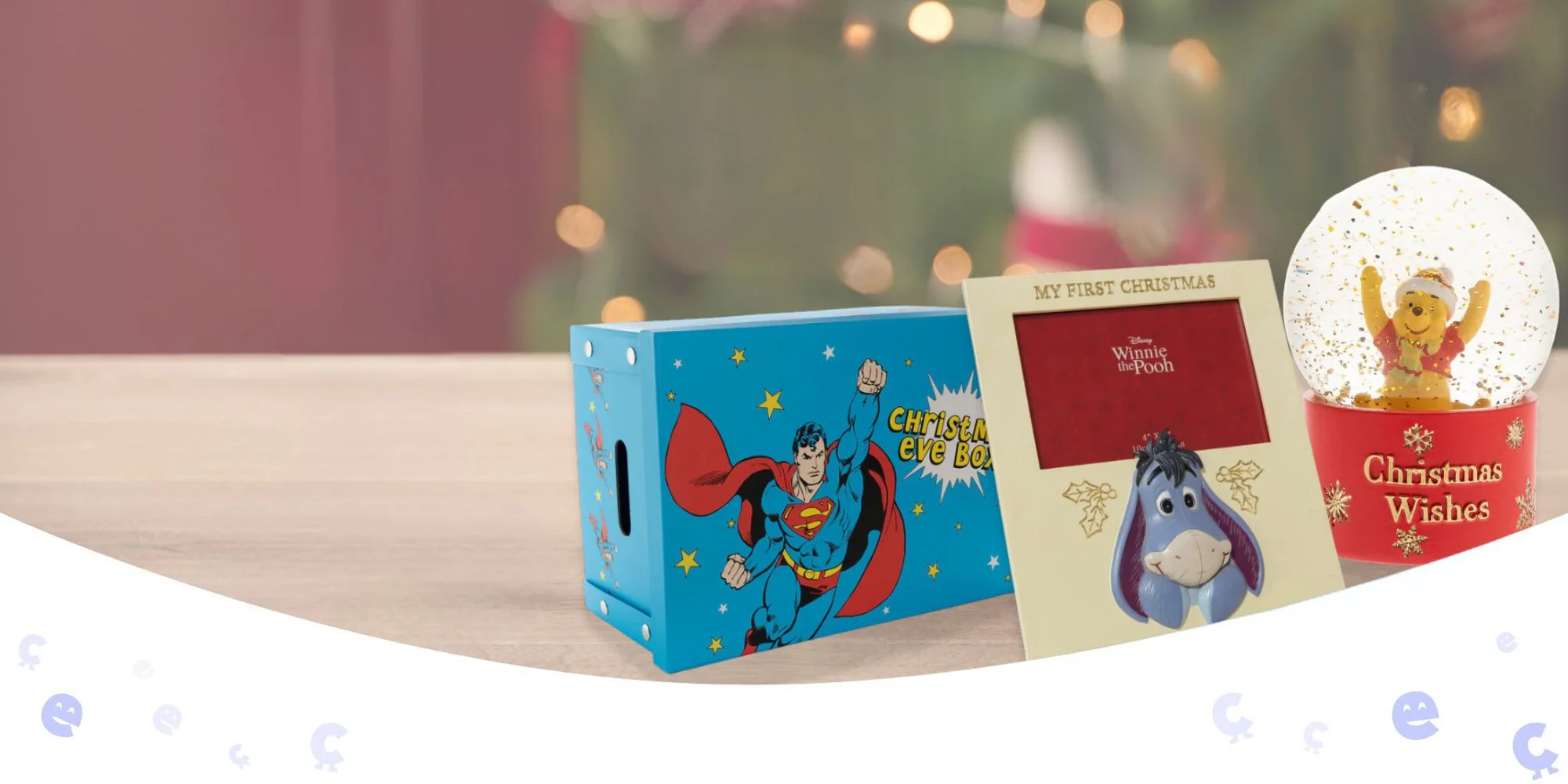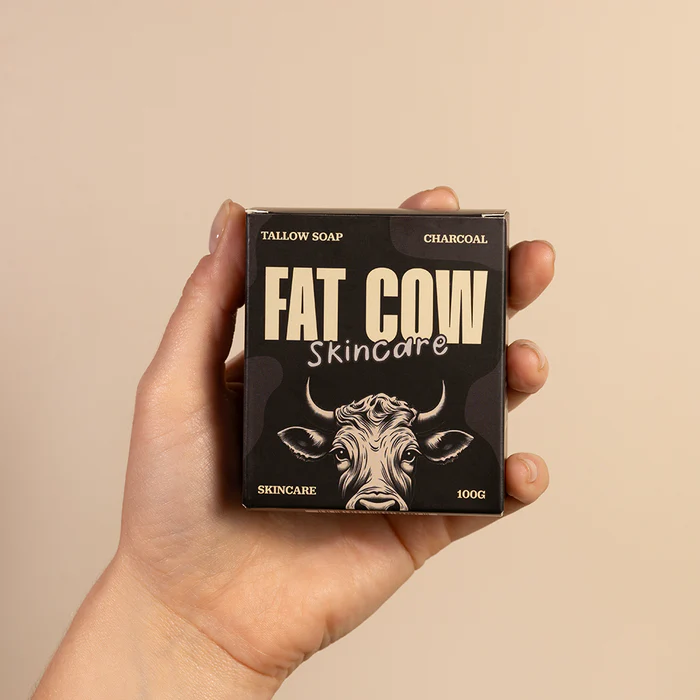4
Let's be honest - in the world of luxury home appliances, your product feed isn't just data. It's your digital shop window.
When a premium kitchen appliance brand rocked up to us, their Google Shopping performance was a proper mess. We're talking missed opportunities left, right, and centre.
The Initial Landscape
Client Profile:
• Luxury home appliance manufacturer
• Average product price point: £800-£3,500
• Monthly ad spend: £45,000
• Primary markets: UK luxury home renovators
Initial Performance Metrics:
• ROAS: 4.8
• Impression share: 22%
• Conversion rate: 1.6%
• Premium product visibility: Basically non-existent
The Feed Forensics
Our initial feed audit revealed a horror show of missed opportunities:
Title Catastrophe
• Generic product names
• Missing key specifications
• No search-intent optimisation
• Brand information buried deeper than the TubeAttribute Apocalypse
• Incomplete technical details
• Missing colour variations
• Incorrect product categorisation
• No size/dimension informationPerformance Tracking Nightmare
• No custom label strategy
• Flat bidding approach
• Zero segmentation by margin
• Seasonal trends completely ignored
The Feed Optimisation Framework
We implemented a three-phase feed transformation that was more precise than a Swiss watch.
Phase 1: Title Restructuring
New Title Formula:
[Brand] + [Product Line] + [Key Technical Specification] + [Colour/Finish]
Example Transformation:
Old: "Miele Dishwasher"
New: "Miele Professional G7916 SCi AutoDos 60cm Integrated Dishwasher - Clean Touch Steel"
Impact:
• 42% increase in relevant search impressions
• 35% improvement in click-through rate
• Significantly improved quality score
Phase 2: Attribute Optimisation
Key Improvements:
• Complete technical specification mapping
• Precise colour and finish variations
• Accurate Google product taxonomy
• Comprehensive size/dimension details
Implementation Strategy:
• Manual data verification
• Cross-referenced manufacturer specifications
• Created comprehensive attribute guide
• Implemented strict data quality checks
Phase 3: Performance Segmentation
Custom Label Strategy:
• Label 0: Profit Margin Bands
• Label 1: Seasonal Relevance
• Label 2: Stock Levels
• Label 3: Product Performance
• Label 4: Price Competitiveness
Bidding Logic:
• Margin-based bidding adjustments
• Performance-driven budget allocation
• Seasonal trend incorporation
• Continuous learning and optimisation
The Transformation Results
Performance Metrics:
Before Optimisation:
• ROAS: 1.8
• Impression share: 22%
• Conversion rate: 1.6%
• Monthly revenue: £81,000
After Optimisation:
• ROAS: 6.5
• Impression share: 58%
• Conversion rate: 3.7%
• Monthly revenue: £312,000
Key Achievements:
• £231,000 additional revenue
• 361% ROAS improvement
• 285% increase in profitable ad spend
• 72% reduction in cost per acquisition
• 68% increase in premium product visibility
Long-Term Impact
Six Months Later:
• Sustained ROAS above 6.5
• 41% reduction in wasted ad spend
• Expanded market share in luxury segment
• Improved brand positioning
Lessons Learnt
Feed Optimisation Is Not Optional
Your product feed is your digital sales representative.Data Quality Trumps Quantity
Precise, relevant information beats volume every time.Continuous Improvement Matters
Feed optimisation is an ongoing process, not a one-time fix.
The Hidden Costs of Poor Feed Management
Most brands don't realise:
• Poor feeds increase cost per click
• Reduce overall ad platform trust
• Limit market visibility
• Directly impact conversion potential
Ready to Unlock Your Feed's Potential?
If you're running Google Shopping campaigns and suspect your feed might be holding you back, we can help.
Visit judeluxe.com/contact for a comprehensive feed audit.
Because in Google Shopping, your feed isn't just data - it's your digital sales team.
Check Next Story
Ready to jump in?
FramerBite gives you the blocks needed to create a truly professional website for your SaaS.


